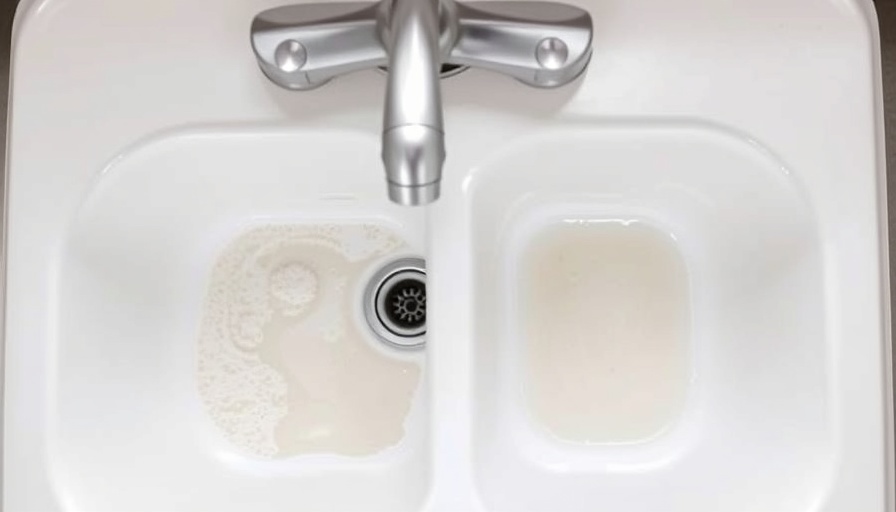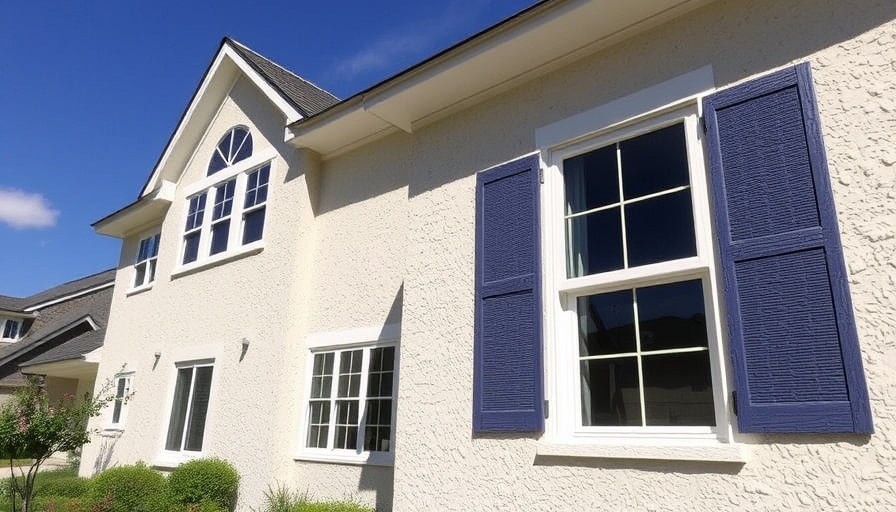
A Comprehensive Guide to EIFS Exteriors
In the realm of contemporary architecture, homeowners and builders alike have been increasingly drawn to Exterior Insulation and Finish Systems (EIFS) for their aesthetic appeal and high thermal performance. EIFS combines insulation with a finish coat, resulting in a versatile option that can resemble various traditional materials while offering superior energy efficiency.
What Is EIFS and How Does It Work?
EIFS is a multilayered wall system that includes insulation, a reinforced base coat, and a finish coat. This innovative combination not only enhances the look of any building but also significantly improves its thermal envelope, helping reduce energy costs. The finish coat can be customized to mimic stucco, wood, or even natural stone, providing flexibility in design.
Benefits of EIFS: Performance Meets Aesthetics
One of the most compelling advantages of EIFS is its energy performance. By maintaining a consistent temperature within the walls and minimizing thermal bridging, EIFS can drastically increase a home's energy efficiency. According to recent studies, homes with EIFS can save up to 20% on heating and cooling costs annually.
Moreover, its lightweight nature reduces structural load, making it suitable for a variety of buildings, from residential homes to commercial properties. This material also has excellent moisture management capabilities, provided it is installed properly, preventing water infiltration and subsequent damage.
Drawbacks and Controversies: What to Consider
Despite its advantages, EIFS has faced controversies, particularly surrounding moisture problems. If not installed correctly, or if the drainage features are inadequate, EIFS can trap moisture, leading to mold and structural issues. Homeowners and professionals must prioritize quality installation and regular inspections to mitigate these risks.
It's also vital to consider local climate conditions when choosing EIFS. In rainy regions like London, proper flashing and drainage systems are essential to ensure that water does not become trapped behind the wall assembly.
Comparing EIFS to Other Finishing Systems
When exploring home exterior options, homeowners may wonder how EIFS stacks up against alternatives such as traditional stucco, brick, or vinyl siding. Traditional stucco, while durable, lacks the insulation benefits of EIFS and can be prone to cracking. Brick and vinyl offer durability but often miss the energy efficiency and design flexibility achievable with EIFS.
Choosing EIFS enables a unique balance between aesthetic appeal and energy performance. A well-installed EIFS exterior provides a modern look while reducing the environmental impact of heating and cooling.
Installation Best Practices: Ensuring Longevity and Performance
For homeowners considering EIFS, working with experienced professionals is crucial. Installation should begin with a thorough inspection of the substrate, ensuring it is dry and free from contaminants. The first stage involves applying the insulation board over the wall sheathing, followed by a base coat that is embedded with fiberglass mesh. Finally, selecting the appropriate finish that can withstand local weather conditions will enhance durability.
Moreover, regular maintenance is essential. Inspecting and clearing any debris from weep holes will ensure proper drainage and prolong the life of the EIFS exterior. Homeowners should remain vigilant about any signs of wear or damage, addressing them promptly to maintain the integrity of the system.
Final Thoughts on EIFS in Sustainable Building
In conclusion, EIFS exteriors are an excellent option for homeowners looking to combine style, efficiency, and sustainability. As trends in green building continue to evolve, utilizing systems like EIFS aligns with the goal of creating eco-friendly structures that reduce energy use and environmental impact.
For those contemplating renovations or new builds, consider the long-term benefits of investing in EIFS as a sustainable cladding solution. By understanding its advantages, potential drawbacks, and installation needs, you can make a well-informed decision that enhances your home's performance and aesthetic.
To learn more about how EIFS can transform your home, reach out to local experts or schedule a consultation to explore your options further.
 Add Row
Add Row  Add
Add 




Write A Comment